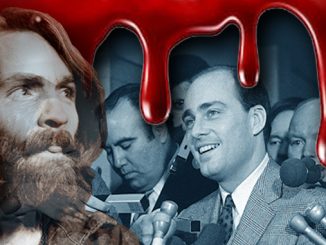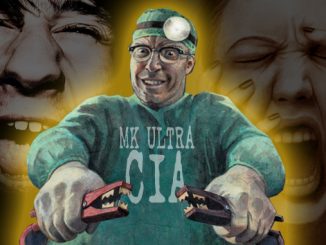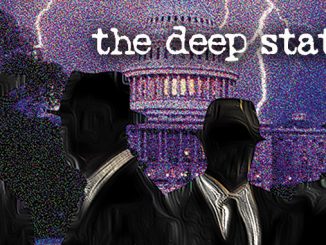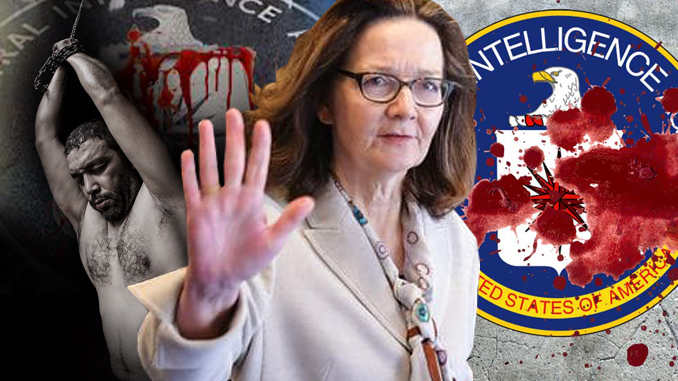
Intel expert Philip Giraldi hopes new CIA Director Gina Haspel will reduce “questionable activities.” In spite of her pro-torture responses during her recent confirmation hearings, she did put her foot down once opposing expansion of the assassination-by-drone program.
By Philip Giraldi
After a bruising confirmation fight, one wonders if newly approved Central Intelligence Agency (CIA) Director Gina Haspel will have the political support to put her own stamp on how the agency is structured and operates. Insiders note that, though she was acting director for only two months, she did little more than continue the changes made by her predecessor Mike Pompeo, who had been in charge of the agency for 15 months.
The past 17 years have seen a major change in how the CIA is organized. The Cold War agency was basically divided into two major intelligence components and included an administrative structure as well as a scientific and technical division that had their own independent functions but also worked to support intelligence operations and analysis. To put it simply, the agency consisted of one half that collected information and another half that analyzed the information collected. The operations component, itself divided into geographical regions, was a producer of intelligence, which was then processed by the analysts before going on to the consumers, which consisted of the White House, Congress, and other agencies within the government with a “need to know” that gave them access to the finished intelligence reports. The principal consumer of intelligence and the CIA’s “boss” was and is the president of the United States.
Within the system of producer-consumer there were a number of staffs and centers that dealt with issues like terrorism, drug trafficking, and nuclear proliferation that were regarded as global threats that defied neat compartmentation into geographic areas. The Counter Terrorism Center (CTC), which included representatives from the Secret Service, FBI, DIA, NSA, and Pentagon, also incorporated analysts into the process, which was a major break from the principle that analysts and case officers should never mix lest the final product be contaminated by operational or political considerations.
Post 9/11, the allegations that clues to the hijackers had been missed due to excessive compartmentation within the various intelligence and law enforcement agencies meant that the idea of fusion centers like CTC became more popular. It also meant that there was a great demand for officers with paramilitary training to send to places like Afghanistan and eventually Iraq. Spies who had been trained to slowly and carefully develop Russian diplomats for recruitment became less relevant.
Operations in places like Pakistan became brutal, with low-level agents working for money treated like disposable garbage. When CIA contract officer Raymond Davis was arrested by Pakistani police in 2011 after he shot dead two motorcyclists, who may or may not have been Pakistani intelligence officers, it emerged that he was part of an armed team providing security for meetings with Pakistani agents. Agents would be picked up off the street, stuffed behind the car seat with a blindfold on so they would not know where they were going, taken to a second car where they would be interrogated before they would be paid and again stuffed behind the seat blindfolded to be taken to a spot where they could be dropped off. As a model of CIA agent handling it was not exactly old school.
Inevitably the methodology of CIA operations involving the recruitment and debriefing of agents, referred to as tradecraft, began to be forgotten as older officers retired and the training of new officers emphasized new skills. The agency pretty much began to forget how to spy and how to deal with an untested agent, leading to catastrophes like the 2009 suicide bombing deaths of seven CIA officers at Camp Chapman near Khost in Afghanistan, where an agency base was run by an officer who lacked the relevant experience and made a major security mistake.
And meanwhile more and more of the annual budget was going to the paramilitaries, who provided the physical protection of the burgeoning number of CIA sites and also protection for meetings. The transition to a different agency structure accelerated under President Barack Obama and his director, John Brennan. Brennan favored replacing the former geographic structure with more fusion teams that would include analysts and representatives from other government agencies. Many at CIA believed that Brennan had a particular animus against agency operations, as he had entered CIA hoping to become a case officer but had washed out of the training course. Brennan pushed ahead with his fusion program and also promoted Greg Vogel to be head of Clandestine Services, once described as operations. Vogel was a paramilitary, not a case officer, and inside the CIA it was widely regarded as the final insult to the agency’s spies.
Haspel, who briefly held the position of acting director of the clandestine service, was an integral part of the Brennan regime and generally went along with his preferences, though a source reports that she did dig in her heels at one point when there was a proposal to greatly expand the assassination by drone program. If she did that, it is to her credit and perhaps an indication that she does have limits in terms of what she would do in support of the White House.
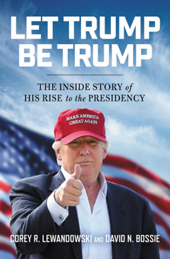
As a result of the 2016 election, there was inevitably a change at the top of the agency. Coming into a CIA that no longer knew how to spy, President Donald Trump’s new director, Mike Pompeo, moved quickly to reverse many of the decisions made by Brennan, but he also brought his own set of likes and dislikes. Officers who worked directly with Pompeo reported that he was controlling, insisting on support among senior officers for whatever policies the White House was promoting. This did not go down well at CIA, where officers prided themselves on being politically neutral with their only guideline being to report developments honestly and analyze objectively. Pompeo also institutionalized greater emphasis on Iran as a prime enemy, creating a task force to address it.
And now there is Ms. Haspel. Insiders believe she will move slowly and cautiously but will continue in the direction set by Pompeo. That means somewhat of a reversion to the traditional agency model, which prevailed when she was being trained and during her first assignments. And given her grilling by the Senate, she will be presumably very cautious about engaging in questionable activities. As a former case officer, I would have to think that is a good thing—traditional spying hopefully without the renditions, the black sites, and the torture.
Philip Giraldi is a former CIA counter-terrorism specialist and military intelligence officer and a columnist and television commentator. He is also the executive director of the Council for the National Interest. Other articles by Giraldi can be found on the website of the Unz Review.


